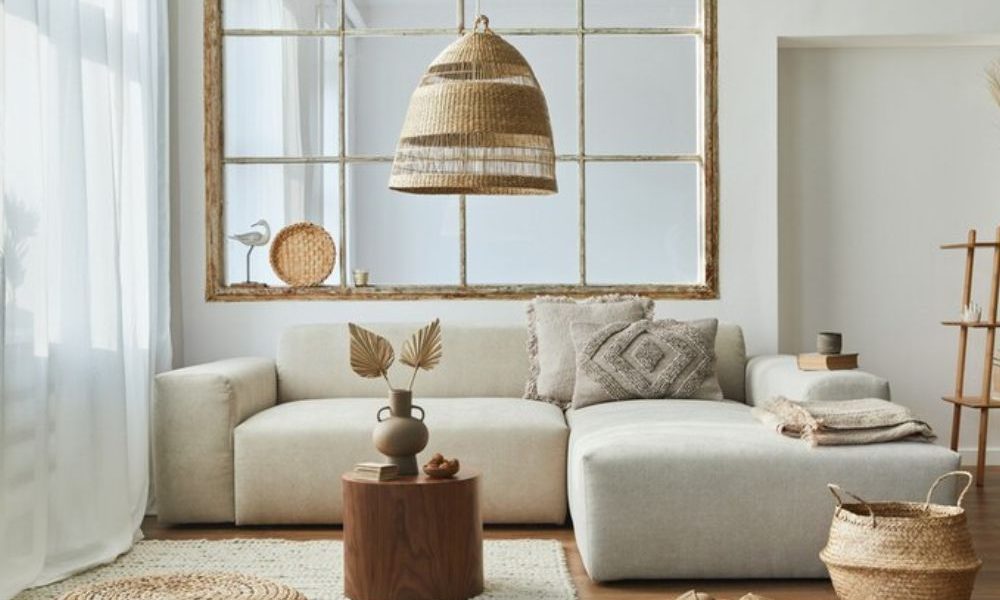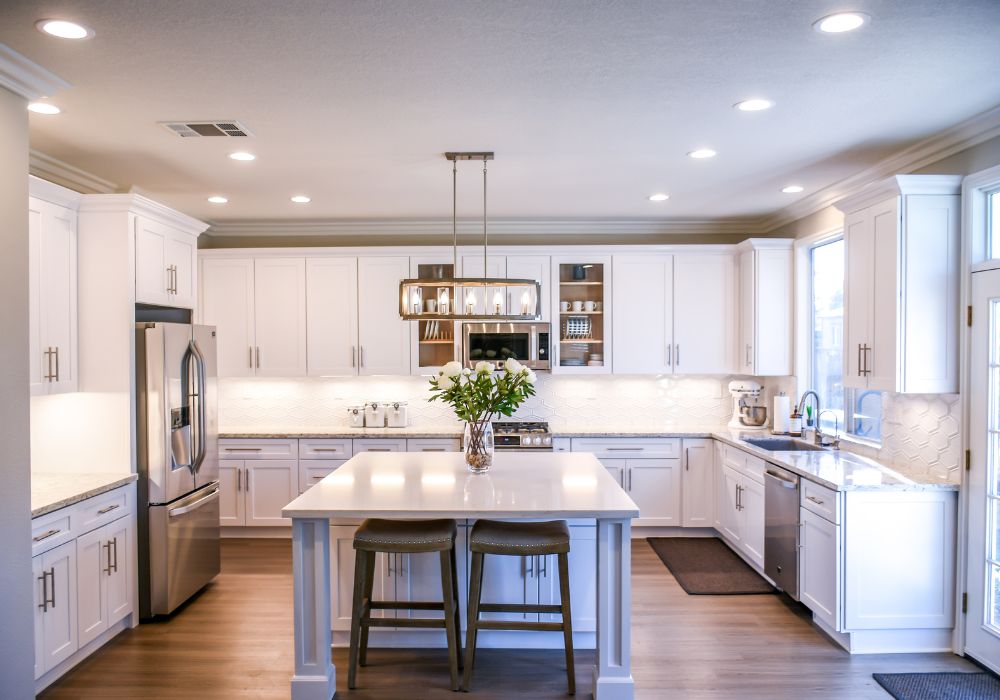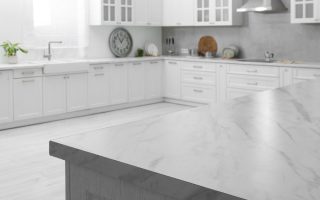Let’s be honest, decorating our homes can be a delightful yet daunting task. We all want our spaces to look like they belong on the cover of a magazine, but sometimes our efforts can fall short. It’s easy to get caught up in trends or make impulsive purchases that don’t quite fit our style. As someone who’s experimented with everything from quirky vintage finds to sleek modern pieces, I’ve learned a thing or two about the common decorating pitfalls we often stumble into. But don’t worry, I’m here to share those lessons and help you create a home that truly reflects your personality and taste.
The Perils of Impulsive Buying
One of the biggest mistakes I’ve made – and I bet you have too – is buying decor on a whim. It’s so easy to fall in love with a quirky vase or a colorful rug without considering how it will fit into your existing decor. I remember once buying a vibrant tapestry that I thought would add personality to my living room, but it ended up clashing with everything else and just looking out of place. Remember, a beautiful piece is only beautiful if it complements the rest of your home.
The Solution: Before you buy anything, take a moment to envision how it will look in your space. Consider the colors, textures, and patterns you already have, and make sure the new piece will enhance, not overpower, them. If you’re unsure, take a picture of your room and try to digitally place the new item in it to see how it looks. You can also use online tools or apps that allow you to virtually decorate your space.
The Allure of Trends (and Why to Resist It)
Another common mistake is following trends blindly. Trends come and go, but your home should reflect your timeless style. I’ve been guilty of this myself, jumping on the bandwagon of a certain color scheme or furniture style only to regret it a few months later. I once painted my bedroom a trendy shade of gray, only to realize it made the room feel cold and uninviting.
The Solution: Instead of chasing trends, focus on creating a space that you truly love and that speaks to your personality. Choose colors that make you feel happy and relaxed, and invest in furniture pieces that are both stylish and functional. If you want to incorporate some trendy elements, do so sparingly and choose pieces that you can easily swap out when the trend fades. Remember, your home should be a reflection of you, not a showroom for the latest fads.
The Importance of Scale and Proportion
Have you ever walked into a room and felt like something was just…off? It could be a matter of scale and proportion. Choosing furniture that’s too big or too small for your space can make it feel cramped or empty. I once had a tiny apartment where I tried to squeeze in a massive sectional sofa. It not only took up the entire living room but also made the space feel claustrophobic.
The Solution: Before you buy any furniture, measure your space carefully and consider the size and scale of each piece. A good rule of thumb is to leave enough space between furniture pieces for people to move around comfortably. You can also use masking tape or painter’s tape to outline the dimensions of furniture on your floor to see how it will fit. It’s also important to consider the visual weight of each piece. For example, a large, dark sofa will appear heavier than a smaller, lighter one. Balancing the visual weight of furniture in your space is crucial for creating a harmonious look.
The Underestimated Power of Lighting
Lighting is often overlooked, but it can make or break a room’s ambiance. Relying solely on overhead lighting can make a space feel harsh and unwelcoming, while dim lighting can make it feel dreary and cave-like. I used to have a dining room with a single, harsh overhead light, and it made every meal feel like an interrogation.
The Solution: Layer different types of lighting to create a warm and inviting atmosphere. Combine ambient lighting (general lighting), task lighting (for specific activities like reading or cooking), and accent lighting (to highlight artwork or architectural features). Dimmer switches are also a great way to control the intensity of your lighting and create different moods. Remember, lighting should not only be functional but also contribute to the overall aesthetic of your space.
The Clutter Conundrum
We all have those knick-knacks and souvenirs that we hold dear, but too much clutter can make a space feel chaotic and overwhelming. I used to have a habit of displaying every single item I owned, from travel trinkets to childhood artwork. While I loved each piece individually, together they created a visual overload.
The Solution: As famous interior designer DeMarrow once said, “Create some interest in the room with a floating couch or a couple of conversation areas.” By keeping certain areas of your space open, you can create a sense of calm and balance. To avoid clutter, start by decluttering your space and getting rid of anything you don’t truly love or use. Then, choose a few key pieces to display and rotate them regularly to keep things fresh. You can also group similar items together to create a more cohesive look.
Overlooking the Details
Details matter, and overlooking them can make your space feel unfinished. I used to think that small details like hardware, switch plates, and doorknobs were insignificant, but I’ve come to realize that they can actually make a big impact. Think of them as the finishing touches on an outfit – they may seem small, but they can elevate the entire look.
The Solution: Pay attention to the small details and choose finishes that complement your overall design scheme. For example, if you have a modern aesthetic, choose sleek, minimalist hardware. If you have a more traditional style, opt for ornate, detailed finishes. Don’t be afraid to mix and match different finishes to create a more eclectic look.
The Importance of Personalization
Your home should be a reflection of your personality and taste. Don’t be afraid to experiment with different styles and colors, and incorporate items that have personal meaning to you. I once had a client who was hesitant to display her collection of vintage cameras because she thought they were too quirky. But once we found a way to incorporate them into her decor, they became a conversation starter and added a unique touch to her space.
The Solution: Surround yourself with things you love, whether it’s family photos, artwork you created, or souvenirs from your travels. These personal touches will make your home feel more authentic and meaningful. Remember, there are no hard and fast rules when it comes to decorating. The most important thing is to create a space that you love coming home to.
Final Thoughts
Decorating your home should be a fun and rewarding experience, not a source of stress. By avoiding these common mistakes and following these tips, you can create a space that’s both stylish and functional, a place where you can relax, recharge, and be yourself. As Minnesota-based designer Bria Hammel wisely said, “Measuring is important so that you don’t have under-scaled pieces in your space.” So grab your measuring tape, declutter your space, and start creating a home that truly reflects you. Remember, it’s your home, your rules. Happy decorating!





